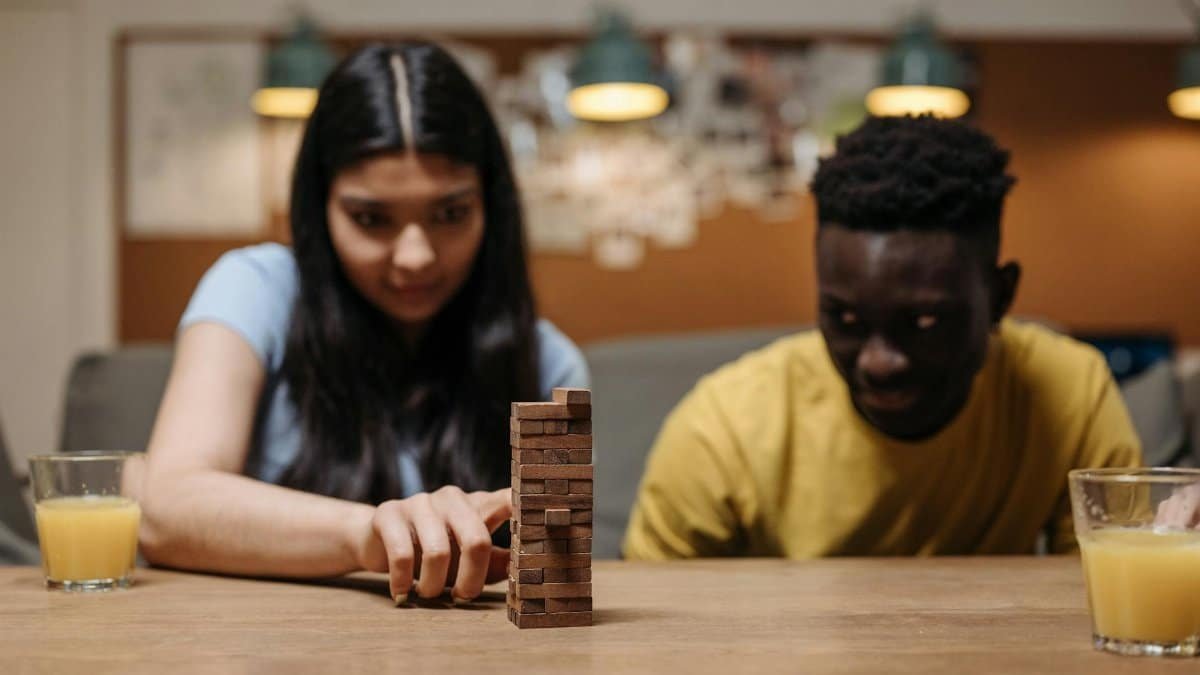Think of midlife friendships importance as the quiet anchor in a stormy sea of change. As careers peak or shift, children grow independent, and personal identities evolve, the connections we maintain—or rebuild—become more than just social niceties. They’re lifelines. For many Americans navigating their 40s and 50s, these bonds offer a buffer against isolation, a sounding board for life’s uncertainties, and even a measurable boost to well-being. A recent study hinted at just how vital these relationships are, with data showing that strong social ties can lower stress and improve longevity. But beyond the numbers, there’s a deeper truth: midlife friendships often carry a raw, honest weight that younger connections rarely match. They’re forged in shared struggles and mutual understanding. So, why do these ties matter now, in 2025, more than ever? Let’s unpack the layers of their impact.
The Emotional Anchor of Midlife Bonds

At midlife, life’s complexities often feel heavier. Divorce rates for those over 50 have doubled since the 1990s, according to the Pew Research Center, leaving many to rebuild their social worlds. Friendships step into this gap, offering a space to process grief, rediscover joy, or simply be heard. Unlike family ties, which can come with obligation, or romantic partnerships, which may carry their own baggage, friends provide a unique kind of voluntary support. They’re the ones who sit with you over coffee, not to fix anything, but to witness your mess.
Take the story of a woman in her late 40s from a small Midwest town. After her marriage ended, she found herself adrift—until a weekly book club with old high school pals became her refuge. “We don’t even talk about the books half the time,” she admitted with a laugh. “But knowing they’re there keeps me steady.” Such moments reveal how these connections, often underestimated, can hold us together when other structures crumble.
A Buffer Against Loneliness

Loneliness isn’t just a feeling—it’s a public health crisis. The Centers for Disease Control and Prevention notes that social isolation in older adults is linked to higher risks of depression and cognitive decline. While midlife isn’t “old age,” it’s often the precursor, a time when social circles can shrink due to relocations, career demands, or diverging paths. Friendships at this stage act as a counterweight, staving off the quiet creep of disconnection before it takes root.
Consider the man in his early 50s who relocated to Seattle for a job, leaving behind a tight-knit group in Chicago. He described the first months as “like living underwater”—muted, heavy, alone. Then, a coworker invited him to a casual hiking group. Slowly, shared trails turned into shared stories. That small step reshaped his daily reality. These bonds don’t just fill time; they rebuild a sense of belonging.
The Health Benefits Backed by Science

It’s not just emotional—midlife friendships importance extends to tangible health outcomes. A 2019 study from the National Institutes of Health found that strong social connections correlate with lower blood pressure and reduced risk of heart disease. Another analysis by Harvard T.H. Chan School of Public Health underscored that people with robust social networks tend to live longer, healthier lives. For those in their middle years, when stress from work or caregiving often peaks, friends can be a literal lifeline.
These aren’t abstract stats. Picture a group of friends in their 50s meeting for a monthly potluck in suburban Atlanta. One member, recently diagnosed with high cholesterol, started walking daily after a friend suggested they buddy up for accountability. Over plates of homemade chili, they laugh about sore muscles—but the routine stuck. Such small, shared commitments ripple outward, fortifying both body and spirit.
Navigating Identity Shifts Together

Midlife often brings a reckoning with identity. Who are you when the kids move out, or when the career you defined yourself by feels hollow? Friendships become mirrors, reflecting back versions of ourselves we might not see alone. They’re also safe spaces to experiment with new roles—whether that’s taking up painting, venting about a career pivot, or admitting you’re not sure who you are anymore.
This dynamic plays out in subtle ways. Online discussions often reveal a hunger for connection during these transitions. One anonymous account shared feeling “unmoored” after becoming an empty nester, until a friend dragged them to a local pottery class. “It wasn’t about the clay,” they wrote. “It was about remembering I’m still here.” These bonds don’t just comfort; they help us rewrite our stories in real time.
The Challenge of Making New Friends

Here’s the catch: forming new friendships in midlife isn’t easy. Time is scarce. Trust builds slower. Social norms can feel like barriers—inviting someone for a drink might seem forward when you’re not 25 anymore. Yet, the need for fresh connections often spikes as old ones fade due to distance or life changes. The effort, though daunting, is worth it.
Some turn to structured settings to bridge the gap. Community centers, hobby groups, or even apps geared toward platonic meetups are gaining traction in 2025. Others lean on existing networks, rekindling dormant ties. A man in Denver described reconnecting with a college buddy after decades, sparked by a random social media comment. Their first meetup felt awkward—until shared memories cracked open a flood of laughter. That discomfort of starting anew often hides the potential for profound connection.
Deepening Existing Ties

While new friends bring fresh perspectives, there’s unmatched value in deepening long-standing ones. Midlife friendships importance often lies in their history—the shared shorthand, the unspoken trust. But maintaining these requires intentionality. Life’s demands can erode even the strongest bonds if they’re taken for granted.
A woman from Raleigh shared how she nearly lost touch with her best friend of 30 years amid parenting chaos. A deliberate decision to schedule monthly video chats—complete with wine and no agenda—revived their closeness. “It’s not glamorous,” she said. “But it’s everything.” Small gestures, like a quick text or showing up during a crisis, cement these ties. They remind us that presence, not perfection, is what matters most.
A Cultural Shift in Prioritizing Connection

Something’s changing in how Americans view midlife relationships. Where once the focus was on family or career as the sole pillars of stability, there’s a growing recognition of friendship’s role. Social media, for all its flaws, has amplified stories of people prioritizing platonic bonds—think viral posts of reunions or group trips planned well into one’s 50s. Cultural narratives are shifting too, with TV shows and books increasingly portraying midlife not as a decline, but as a time for reinvention through community.
This isn’t just anecdotal. Surveys show a rising number of adults valuing non-family relationships as central to their happiness. In 2025, as hybrid work and digital tools make connecting easier yet ironically more isolating, the pendulum swings toward meaningful, in-person bonds. Midlife friendships aren’t a luxury—they’re becoming a cornerstone of how we redefine purpose in these pivotal years.
